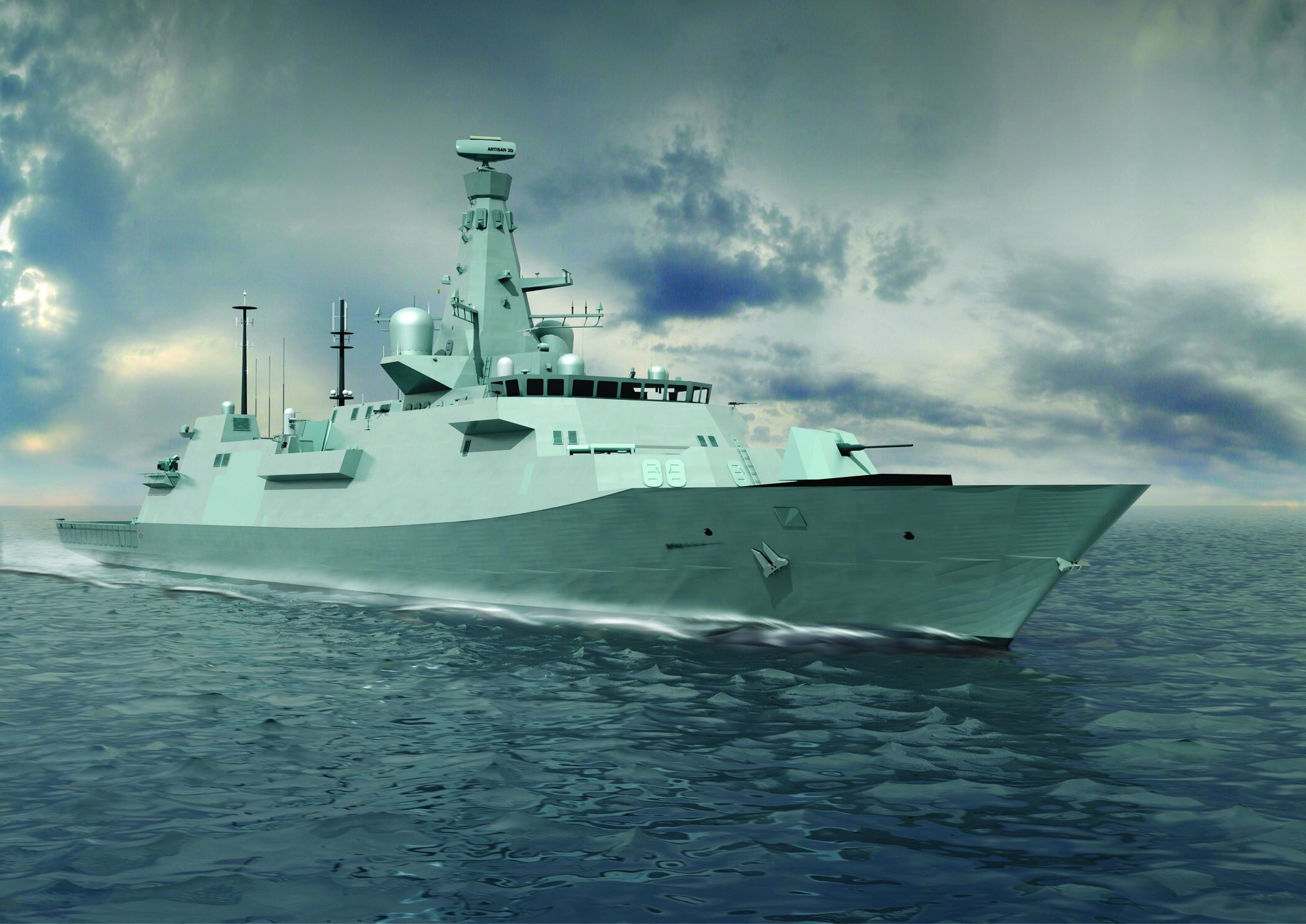By David Pugliese
As the Canadian Surface Combatant project moves slowly forward more questions are starting to be asked about its ballooning cost and why other nations seem to be acquiring frigates at a much lower acquisition price.
In August the House of Commons Government Operations Committee voted to request the Parliamentary Budget Officer examine the estimated $60 billion project cost of the Canadian Surface Combatant.
That project proposes the acquisition of 15 Type 26 frigates, the largest single government purchase in Canadian history. Last year the Liberal government signed a deal that would start the process for the acquisition of the initial vessel in a Canadianized version. Lockheed Martin offered Canada the Type 26 warship designed by BAE in the United Kingdom as its bid for the Canadian Surface Combatant (CSC) project. Irving is the prime contractor and the vessels will be built at its shipyard in Halifax, Nova Scotia.
Construction of the first Canadian Type 26 isn’t expected to begin until the early 2020s. The ships would replace the Halifax-class frigates.
The Government Operations Committee requested that Parliamentary Budget Officer Yves Giroux not only examine the cost of the Canadian Surface Combatant project but in addition take a look at the cost of two other types of warships, the FREMM and the Type 31.
Babcock is to build five Type 31s for the Royal Navy in the United Kingdom.
The average cost of those ships are to be less than $500 million each.
Jeremy Quin, the UK’s Minister of Defence Procurement, said steel will be cut for the Type 31 next year, with the first ship in the water by 2023. The Royal Navy will operate Type 26 ships as well as Type 31s.
The FREMM is the other type of warship the Government Operations Committee is interested in having the PBO examine. The FREMM is a multi-purpose frigate designed by Naval Group and Fincantieri for the French and Italian navies. The frigates are also used by Egypt and Morocco.
But in a significant development the FREMM designed has now been selected by the U.S. Navy, which expects to order 10 such warships.
What has caught the interest of some on the Government Operations Committee is the cost the U.S. is paying for its new frigates. The U.S. will spend $1.2 billion ($1.6 billion Canadian) for the first ship. That price includes both the design work to enable the vessel to carry U.S.-specific equipment, as well as to prepare a domestic shipyard to build the vessel.
After that the price per ship isn’t expected to be no more than $1.3 billion (Canadian) each, according to James Geurts, the Assistant Secretary of the U.S. Navy for Research, Development and Acquisition.
Canada is expected to pay $36 billion for 15 Canadian Surface Combatants, or around $2.4 billion per ship. (The rest of the CSC project – an estimated $24 billion – is for some training, contingency costs, and shore infrastructure and project management costs at the DND).
Parliamentarians are interested in understanding why the U.S. cost per warship is much lower than what Canada expects to pay.
In December 2017 the French and Italian governments already proposed a plan in which Canada could build the FREMM frigate at Irving in Halifax. Those governments offered to guarantee the cost of the 15 ships at a fixed $30 billion but that was rejected by the Canadian government.
Sloane Mask, spokeswoman for the Parliamentary Budget Office, said the analysis requested by the Government Operations Committee will be ready by Oct. 22. “The analytical work is currently underway,” she added.
The Canadian Surface Combatant program has seen steadily increasing costs over the years. In 2008 the then-Conservative government estimated the project would cost roughly $26 billion. But in 2015, Vice-Admiral Mark Norman, then commander of the navy, voiced concern that taxpayers may not have been given all the information about the program, publicly predicting the cost for the warships alone would approach $30 billion.
“Approximately one-half of the CSC build cost is comprised of labour in the (Irving’s) Halifax yard and materials,” according to federal government documents obtained through the Access the Information law.
Some Canadian parliamentarians are privately worried that the CSC project cost will continue rising to $70 billion or $80 billion by the time the program is finished. They have suggested that since a contract has yet to be signed committing Canada to anything more than one ship, the government could withdraw from the Type 26 deal and go for a less expensive alternative.
The entry of the BAE Type 26 warship in the Canadian competition was controversial from the start and sparked complaints the procurement process was skewed to favour that vessel. Previously the Liberal government had said only mature existing designs or designs of ships already in service with other navies would be accepted, on the grounds they could be built faster and would be less risky. Unproven designs can face challenges as problems are found once the vessel is in the water and operating.
But the criteria was changed and the government and Irving accepted the BAE design, though at the time it existed only on the drawing board. Construction began on the first Type 26 frigate in the summer of 2017 for Britain’s Royal Navy but the vessel has yet to be finished.


